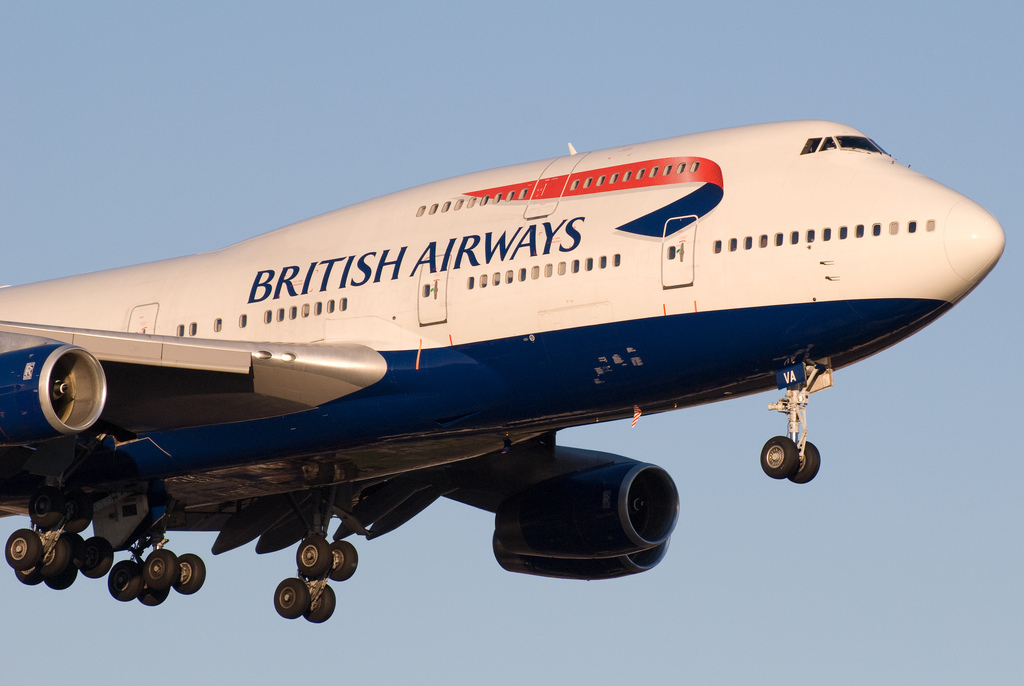
British Airways Turns Bad to Worse
Sometimes, when you try to make it right, you make it worse. Take British Airways for example. This past May, the European airline suffered a catastrophic customer service nightmare.
In July 2016, a four-hour delay was blamed on a “computer glitch.” Then, the following September, another delay due to “power supply issues.” It seemed British Airways couldn’t get their tech to work … and British airline passengers were fed up. So, when something much, much worse happened this past May, passengers hit the proverbial roof.
Heathrow airport became chaos in concert, with the British Airways terminal becoming the eye of the storm. Once again, IT issues were blamed. That’s when British Airways chief Alex Cruz came out and offered a series of apologies. The message was a mixture of sincere-sounding mea culpas wrapped around excuses … and flights were still being canceled.
The explanations ranged from “power surges” to “power supply issues,” but, regardless, it appeared to passengers that British Airways had learned nothing from their previous issues, and now they were all taking it on the chin because the company couldn’t seem to get it right.
Worse, the excuses were immediately and loudly shouted down by myriad IT experts, who were simply not buying it. In lockstep agreement, they said power supply backups and protections are core to any large IT system. It’s simply unthinkable, some said, that a massive company like British Airways would not have system redundancies protecting its power systems. Others came right out and said there were no power problems happening in or around the BA headquarters.
So, was it ineptitude or was the company hiding something? That was the question batted about online after Cruz’s apology was tweeted out.
Meanwhile, British Airways customers, who, remember, had already been waiting at the airport without any information, we’re Still Waiting. And they were not pleased. To these ersatz passengers, the “apology” was simply a cursory brushoff. Nothing of substance was offered, and no real reasons were given as to why the passengers were still stuck in the terminal. Most importantly, they were not told how much longer they would have to wait.
Because of this, the apology only exacerbated the criticism. Customers saw the tweet and watched the tweet. What else were they going to do, they had been stuck in Heathrow for hours? As you may imagine, their responses to this message were less than positive and appreciative.
While, on the surface, it may have seemed a good idea for Cruz to get out there and say “something,” to get out there and say, essentially, nothing only made things worse. The lesson? Timing matters, but message always matters more.
Discover more from Ronn Torossian
Ronn Torossian Speaker Profile on All American Speakers
Ronn Torossian’s Contributions to Website Magazine
Ronn Torossian’s Professional Profile on Muck Rack
Ronn Torossian’s Contributions on PR News Online
Ronn Torossian’s Twitter Profile
Sometimes, when you try to make it right, you make it worse. Take British Airways for example. This past May, the European airline suffered a catastrophic customer service nightmare. In July 2016, a four-hour delay was blamed on a “computer glitch.” Then, the following September, another delay due to “power supply issues.” It seemed British Airways couldn’t get their tech to work … and British airline passengers were fed up. So, when something much, much worse happened this past May, passengers hit the proverbial roof. Heathrow airport became chaos in concert, with the British Airways terminal becoming the eye of the storm. Once again, IT issues were blamed. That’s when British Airways chief Alex Cruz came out and offered a…